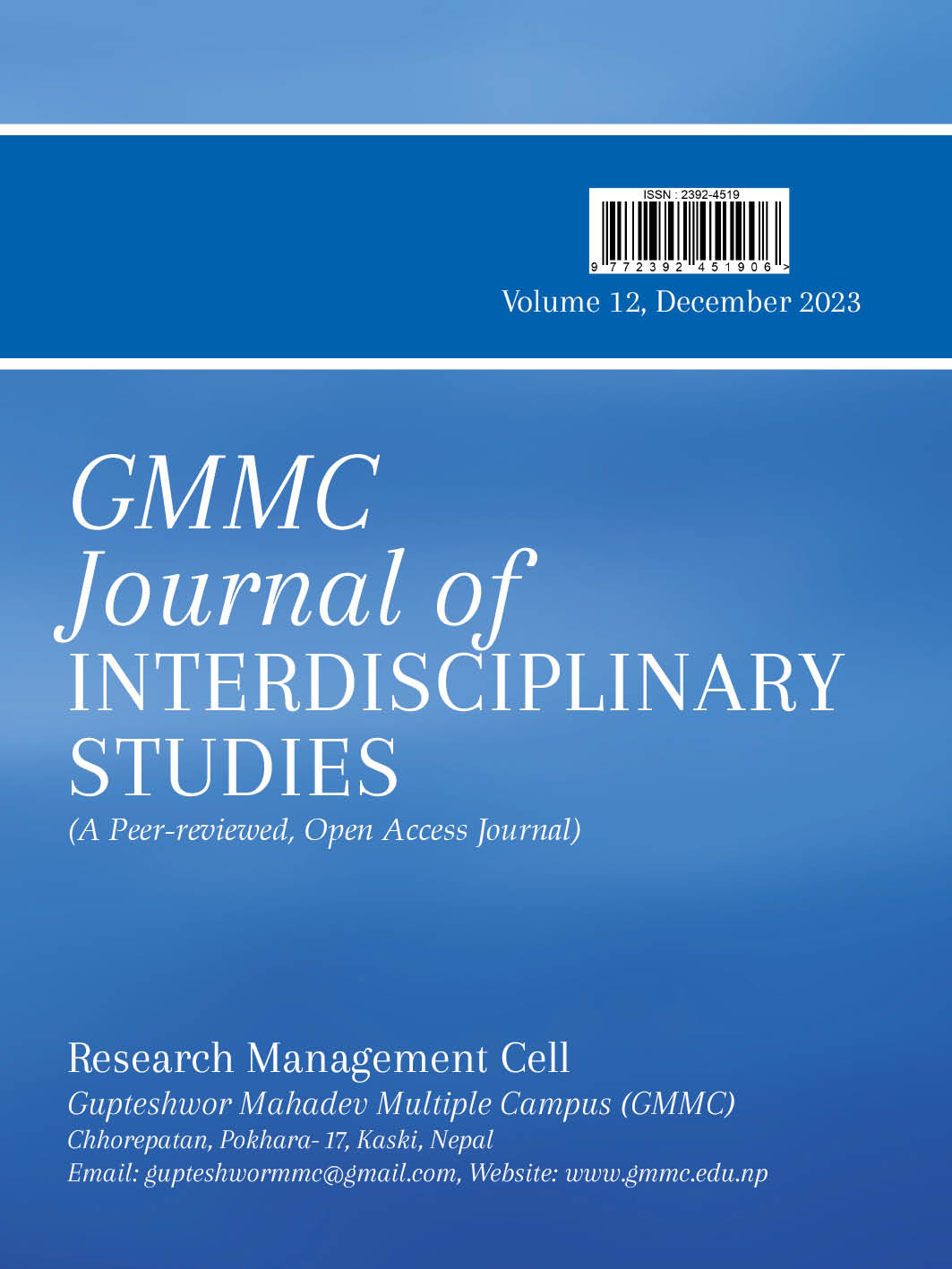Socio-Economic Consequences of Remittance on Households in Pokhara Valley
DOI:
https://doi.org/10.3126/jis.v12i1.65446Keywords:
households, Pokhara valley, remittance, socio-economic consequencesAbstract
There has been a continuous discussion about the advantages and disadvantages of the continuously increasing remittance flows. On the one hand, few studies in different parts of the world have noted that remittances have increased conspicuous consumption and decreased the Labour supply for farming and agriculture. Instead, several others have shown how enhancing food, health, and education can help recipient households’ quality of life. Thus, this study aims to analyze the socio-economic consequences of remittance on households in Pokhara Valley Through the use of a structured questionnaire, data on how much money families who receive and do not receive remittances spend and invest on a variety of household activities, such as food, children’s health, education, consumer goods, and asset investment, were collected, compared and analyzed using various statistical tools like frequencies, mean, standard deviation and independent samples t-test. The association of the two categories of households of the study on involvement in agriculture and farming was examined using the chi-square test. The study has shown that the remittance income has increased the purchasing power of remittance-receiving households which has led to an increment in the spending capacity of those households. The results indicate that remittance positively affects the improvement of human capital as the remittance recipient households spend more on family members’ education and health services than remittance non-recipient households do. However, remittance has also resulted in conspicuous consumption and higher spending on non-productive activities. In addition, it has adversely affected the participation of recipient families on involvement in agriculture and farming, ultimately necessitating the importation of food grains. On this basis, it is recommended that the government should develop measures that can stimulate remittance recipient families on remittance investments in the development of the domestic economy, national output, and agricultural production rather than spending on unproductive activities.




